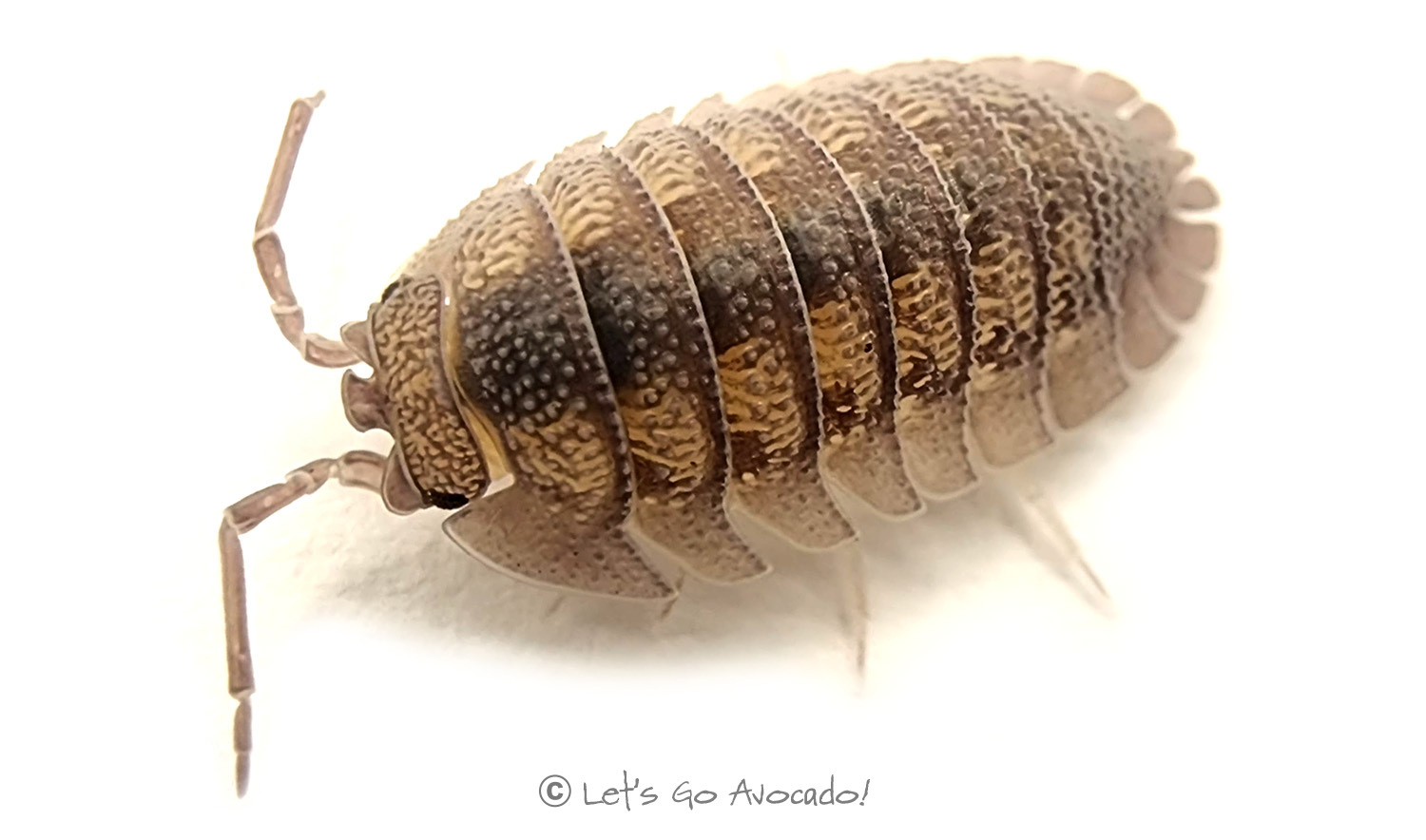

Checkerboard Isopod
Checkerboard Isopod
armadillidium peraccae
This page may contain affiliate links.
Read our disclosure and privacy policy here.
Also referred to as the “Checkerboard IsopodAn isopod is a type of small creature that belongs to the crustacean family, just like crabs and lobsters. They have a special body shape with a hard outer shell, which protects their soft insides. Learn More,” Armadillidium peraccae showcases an eye-catching pattern of black and white squares on its exoskeleton. Native to Spain, Portugal, France, and Italy, this isopod species prefers to inhabit moist environments such as forests, where it can find ample leaf litter and organic debris to feed on.
Checkerboard Isopod

There’s a lot to explore right where we are, in our own neighborhoods and backyards! Join us while we get off the couch and explore the everyday wonders of nature, science, space, engineering, art, and anything else we stumble upon during on our adventures.







